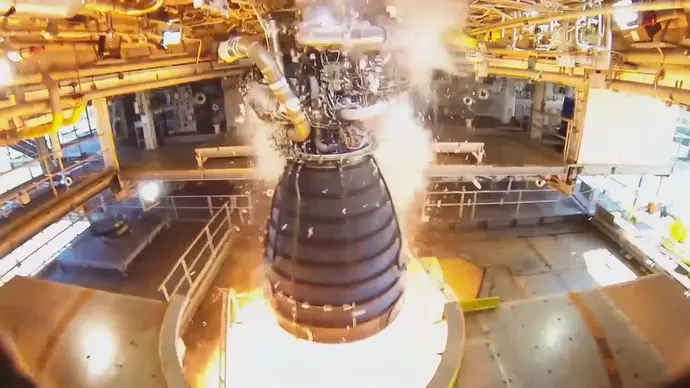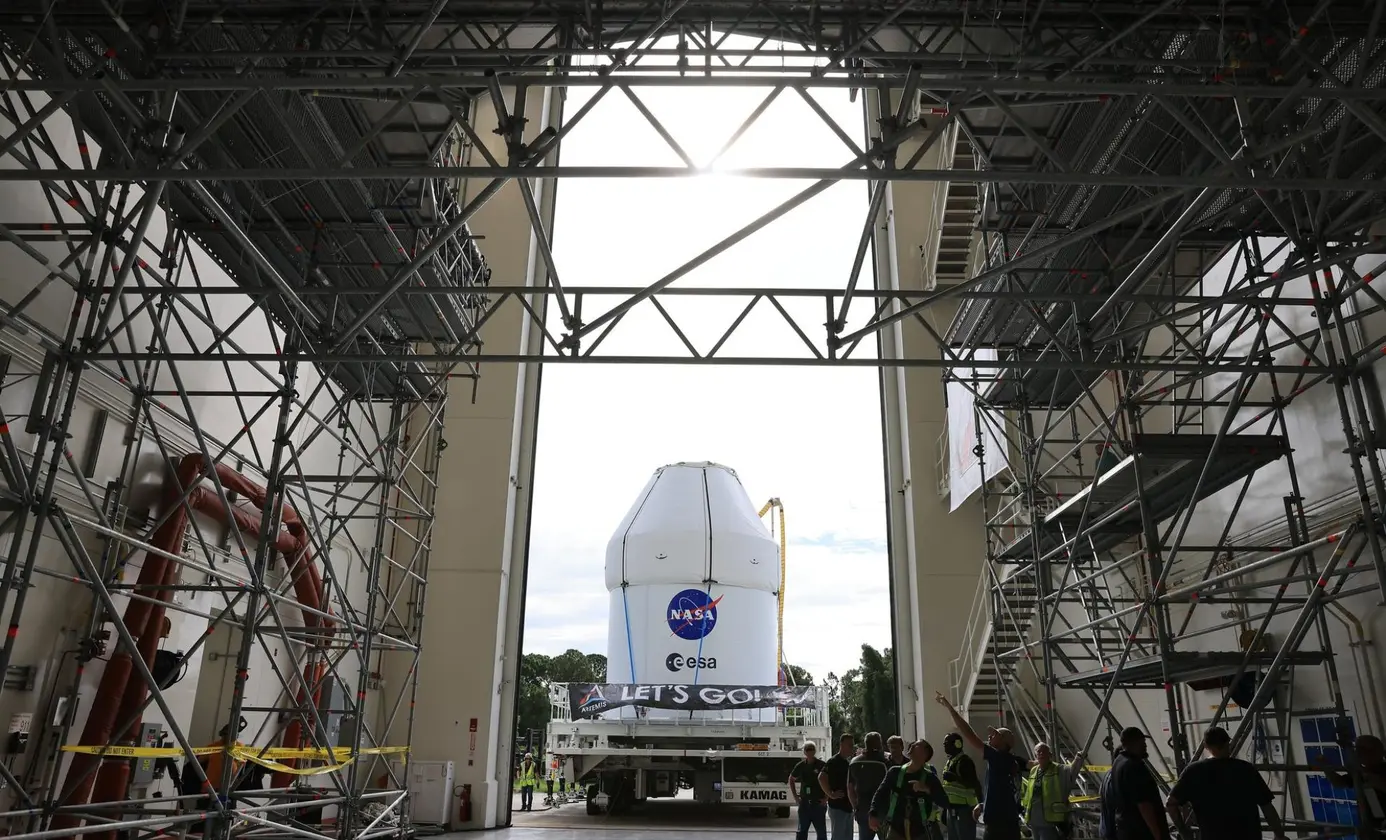T4K3.news
Artemis moves forward with domestic engines
NASA confirms 32 L3Harris engines power the first Artemis missions from Redmond site in Washington

Washington built engines power Artemis missions as NASA advances toward a new era of human lunar exploration
Local rockets taking NASA to the moon
NASA plans a bold set of Artemis missions to return humans to the moon. The first three missions rely on 32 rocket engines made at the L3Harris facility in Redmond, Washington. Officials say the engines provide the propulsion and maneuvering power needed to place the crew into correct orbits and bring the capsule home safely.
NASA representatives visited the Redmond site this week to review progress as the program moves toward a timeline that targets a moon flight no later than April next year. The plan also includes a lunar landing and a broader push to study areas beyond the equator. There is so much to do on the moon, Hoburg said. Howard Hu, Orion Program Manager, notes that there are harsh realities in space and crews are days away from Earth, so redundancy and consumables matter.
Key Takeaways
"There is so much to do on the moon"
Hoburg on lunar science opportunities
"There are harsh realities in space"
Hu on space risks and mission design
"We want to set up moon bases and do all the things"
Hoburg on long term lunar goals
"If we did not make these engines there would be no way to come back safely"
Engine importance for trip return
The move to rely on domestically produced engines signals a clear push for resilience in the space program. Keeping critical propulsion in Washington gives NASA more control over key hardware and supply timelines. It also reflects a broader trend of public-private collaboration that ties mission success to a specific regional pipeline of advanced manufacturing.
At the same time, the arrangement invites scrutiny of cost, schedule, and risk. A single supplier region can become a bottleneck if delays or cost overruns emerge. The Artemis timeline pushes for rapid iterations, but long term plans like moon bases and sustained exploration require steady investment and careful coordination with partners and lawmakers. The next steps will test not just hardware but the robustness of a domestic space supply chain.
Highlights
- Redmond engines power a return to the moon
- Building the future in Redmond means keeping pace with the stars
- Moon science demands grit and long view planning
- Engine power blends with precision as missions advance
The pace next year will reveal how domestic production can scale for a long term lunar program
Enjoyed this? Let your friends know!
Related News

UK construction activity sees sharpest drop in five years

Gibbs-White stays at Forest after strong win over Brentford

AI advancements draw comparisons to ancient wonders

Artemis 2 advances in lunar mission prep

Caucasus peace talks face key hurdles

Shapps to chair Cambridge Aerospace

Russia Builds a Wartime Edge

Norway’s wealth fund tightens Israel exposure
